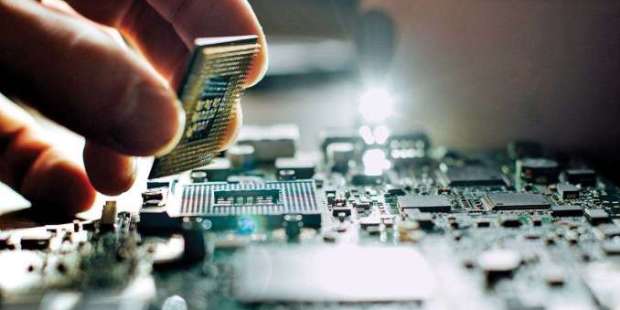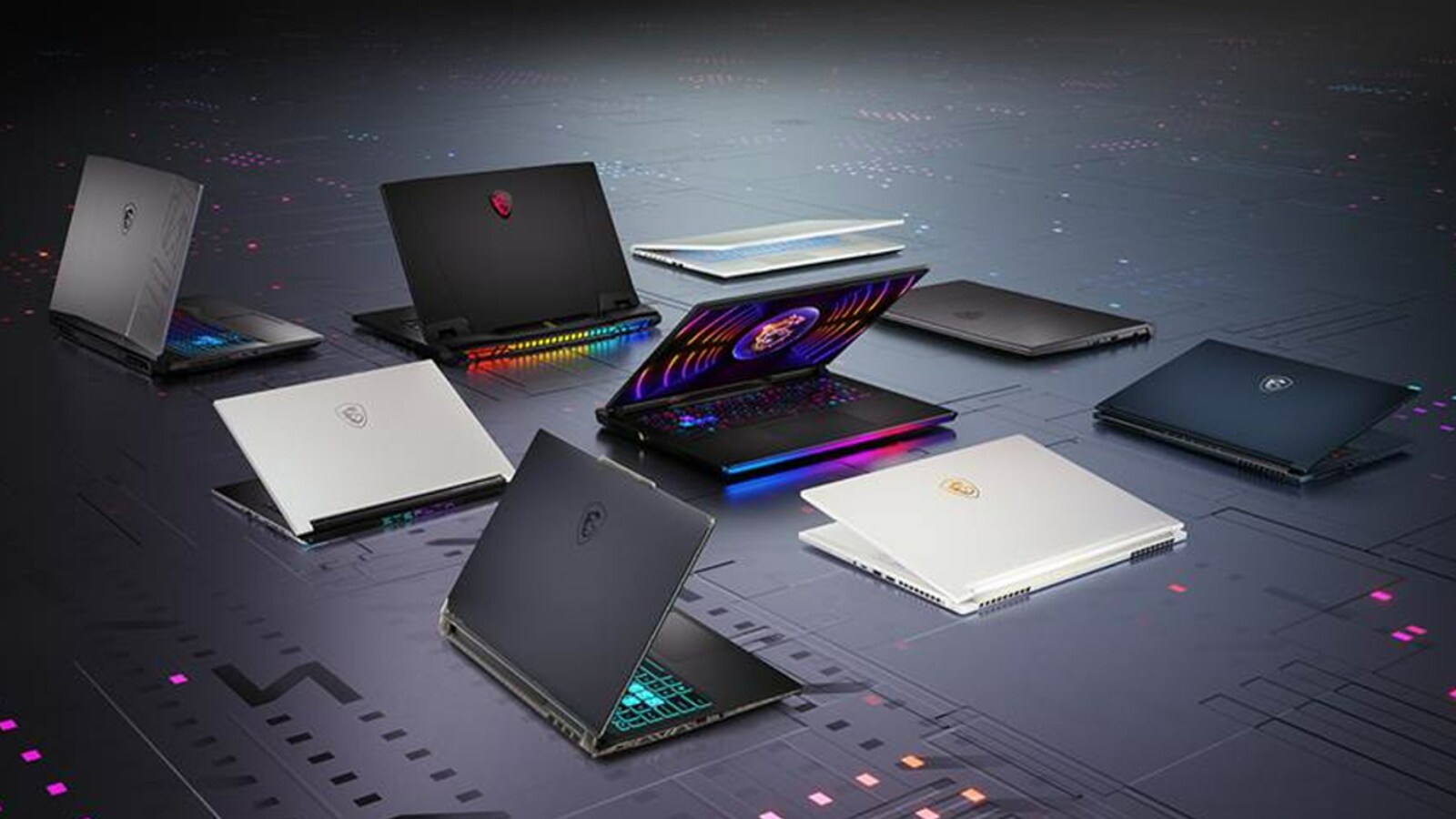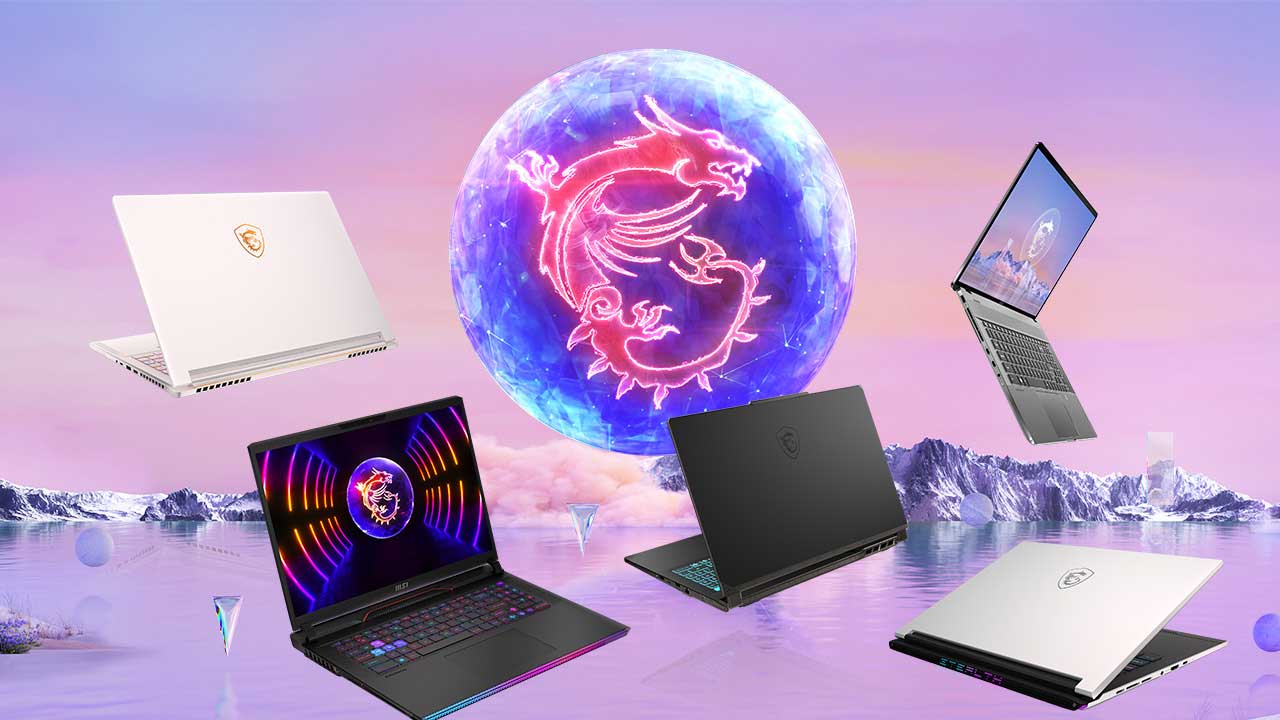Thriving Response to India’s IT Hardware PLI 2.0; 38 Companies Join the Manufacturing Wave
India's renewed Production-Linked Incentive (PLI) scheme for IT hardware has set off a surge of interest among 38 companies, both global giants such as HP, Dell, Lenovo, and Foxconn, as well as local player Dixon Technologies. This initiative, aimed at boosting domestic production, has spurred companies to propose investments exceeding ₹4,000 crore for additional production valued at ₹3.35 lakh crore over the next six years.

PLI 2.0
A total of 38 companies have expressed keen interest in the revamped Production-Linked Incentive (PLI) scheme 2.0 for IT hardware.
This enthusiastic response includes prominent global players like HP, Dell, Lenovo, Foxconn, alongside domestic manufacturer Dixon Technologies.
These companies have collectively proposed investments exceeding ₹4,000 crore, aimed at driving additional production valued at ₹3.35 lakh crore over the next six years.
Union Minister for IT and Telecom, Ashwini Vaishnaw, shared the positive news during a briefing on Wednesday, highlighting the strong reception for producing personal computers (PCs), laptops, and servers within India.
He anticipates further applications beyond the existing 38 before the application window closes at midnight on Wednesday.
“We have got excellent response for the production of personal computers (PCs), laptops and servers in India,” Union IT and telecom minister Ashwini Vaishnaw said at a briefing Wednesday.
The PLI scheme for IT hardware is designed to incentivize the domestic manufacture of laptops, tablets, all-in-one PCs, servers, and ultra-small form factors. Vaishnaw added that while the scheme was initially allocated ₹17,000 crore, proposals worth ₹22,880 crore have been received, surpassing expectations.
Renowned global applicants like Asus, Acer, and Thompson have also shown interest, alongside local contenders such as VVDN Technologies.
According to Vaishnaw, the implementation of the scheme is anticipated to create over 75,000 direct job opportunities.

The Surge Ahead Of Import Curbs
In a move to reduce the dependency on imports, particularly from China, India’s government had earlier announced a licensing regime for laptop imports effective from November 1.
As of April-May FY24, 81% of personal computers and laptops were imported from China. In FY23, the share was 77%.
This decision, made for national security reasons, has fueled interest in the updated PLI scheme as it aligns with India’s focus on self-reliance in the electronics sector.
PLI 2.0
The revised PLI scheme offers enhanced incentives, more than doubling the previous version, with an average incentive of around 5%.
This incentivizes the manufacturing of laptops, tablets, all-in-one PCs, servers, and ultra-small form factors within the country.
The scheme also introduces greater flexibility in terms of investment and tenure, with participants having the option to choose their base year for investment and incremental sales calculation between 2023, 2024, or 2025.
Incorporating an emphasis on localizing parts and sub-assemblies, the PLI scheme 2.0 is intricately linked to incremental sales and investments, aiming to foster a robust supply chain within the nation.
“The updated PLI scheme underscores our unwavering support for the Atmanirbhar Bharat Initiative in the electronics sector,” Acer India chief business officer Sudhir Goel told ET.
HP India echoed this.
“We welcome the PLI scheme for IT hardware manufacturing and look forward to exploring new opportunities to meet the growing demand for PCs,” a spokesperson said
Under the scheme, global companies will have to invest Rs 500 crore in a span of six years, while hybrid and domestic companies will have to invest Rs 250 crore and Rs 20 crore, respectively.

The Failure Of PLI 1.0
The first version of the scheme had failed to take off, with only Dell and Bhagwati (Micromax) of the 14 approved companies meeting the first year’s (FY22) targets. Companies had cited inadequate sops as the main reason for the failure of PLI 1.0.
What is Production Linked Incentive Scheme 2.0 For IT Hardware?
The Government of India has launched the Production-Linked Incentive (PLI) Scheme 2.0 for IT Hardware as part of its vision to make India a global hub for manufacturing and exporting IT products.
Details
The PLI Scheme 2.0 for IT Hardware is a part of the Atmanirbhar Bharat initiative, which aims to make India self-reliant and resilient in various sectors of the economy.
It is also in line with the National Policy on Electronics 2019, which envisages creating a conducive environment for the development of the electronics system design and manufacturing (ESDM) industry in India.

Key Features
The PLI Scheme 2.0 for IT Hardware aims to promote domestic production of IT hardware products such as laptops, tablets, all-in-one PCs, servers and ultra-small form factor (USFF) devices, by offering financial incentives to eligible companies based on their incremental sales and investment performance.
The scheme also covers the manufacturing of key components and sub-assemblies such as semiconductor design, IC manufacturing, and packaging, which are essential for developing a robust and competitive IT hardware ecosystem in India.
It will provide an average incentive of around 5% on net incremental sales (over base year) of goods manufactured in India and covered under the target segment, for a period of six (6) years.
It has been designed to provide flexibility and options for applicants and to encourage the localisation of the value chain within the country. It is expected to generate employment opportunities, boost innovation, enhance exports, and contribute to the overall growth of the IT sector in India.

Significances
- It will enhance India’s competitiveness in the global market and increase its share in global IT hardware exports.
- It will reduce India’s dependence on imports of IT hardware products, which account for a major part of the electronics import bill.
- It will promote the development of a robust IT hardware ecosystem in India, with backward and forward linkages, and foster innovation and R&D in this sector.
- It will generate additional direct and indirect employment and create a multiplier effect on the economy.
Challenges
- Availability of skilled manpower and quality infrastructure for IT hardware manufacturing.
- Compliance with environmental and safety standards and regulations.
- Protection of intellectual property rights and data security. Competition from other countries that offer similar or better incentives and support to IT hardware manufacturers.
- Coordination among various stakeholders such as central and state governments, industry associations, academia and research institutions.

Way forward
- Creating a conducive policy environment and simplifying the regulatory framework for IT hardware manufacturing.
- Providing adequate infrastructure support such as power, water, logistics, connectivity, and land.
- Developing a skilled workforce and enhancing their capacity through training and education.
- Encouraging innovation and R&D in IT hardware products and processes.
- Strengthening the domestic demand and creating awareness among consumers about the benefits of buying locally-made IT hardware products
The Last Bit, The impressive response to India’s revamped IT Hardware PLI 2.0 demonstrates a notable shift in the domestic manufacturing sector.
With renowned global players and homegrown manufacturers coming together, the nation’s stride towards self-sufficiency in the IT hardware sector has gained significant momentum.
As the scheme continues to attract applications and investments, it emphasizes the nation’s resolve to cultivate a robust ecosystem of production, innovation, and self-reliance, ensuring a more secure and vibrant future for the Indian IT industry.



